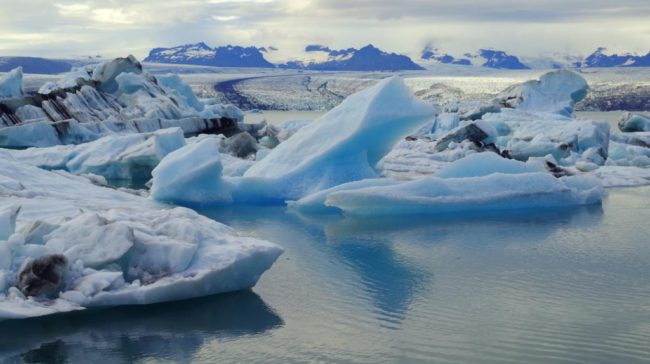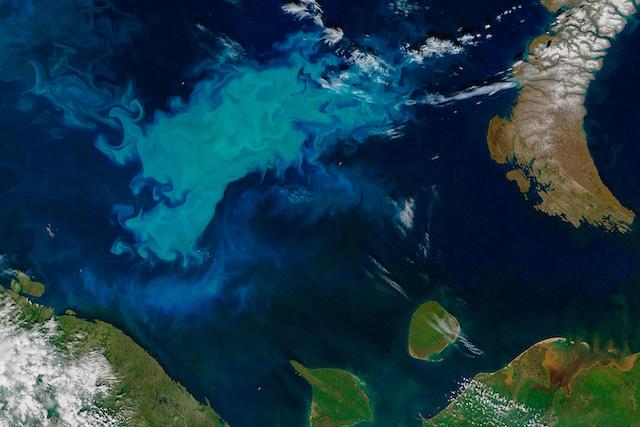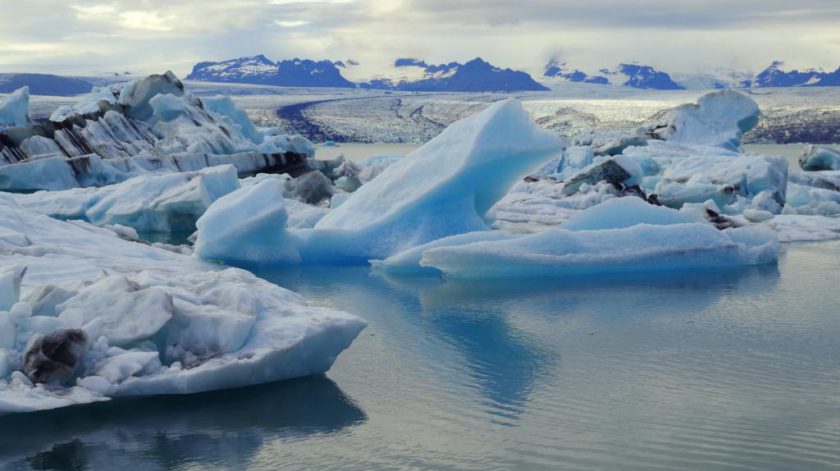
The term deployed for the change being reported by some newly published research regarding the Arctic is a “significant regime shift”. Let’s jump in and see what this is about.
Published in AAAS Science on July 10, 2020, the research lays out the details of the impact of sea ice loss. This Sea Ice loss has also promoted increased phytoplankton production because of the greater open water area and a longer growing season.
What the research does is to use an ocean colour algorithm parameterised for the Arctic Ocean to show that primary phytoplankton production increased by 57% between 1998 and 2018.
NPP
The study centers on net primary production (NPP), a measure of how quickly plants and algae convert sunlight and carbon dioxide into sugars that other creatures can eat.
Senior author Kevin Arrigo, a professor in Stanford’s School of Earth, Energy & Environmental Sciences (Stanford Earth), said the growing influence of phytoplankton biomass may represent a “significant regime shift” for the Arctic, a region that is warming faster than anywhere else on Earth.
“The rates are really important in terms of how much food there is for the rest of the ecosystem,” Arrigo said. “It’s also important because this is one of the main ways that CO2 is pulled out of the atmosphere and into the ocean.”
Primary data source – Ocean colour?
Ocean color can be detected from space and analyzed to estimate the concentration of chlorophyll a at the sea surface (a proxy for phytoplankton biomass) and the rate at which solar energy hits the Arctic Ocean surface. When the atmosphere is cloud free, these first-order determinants of phytoplankton, together with sea surface temperature, are monitored daily by several satellites over the entire world ocean. Such ocean color data have been available uninterruptedly since 1998.

What has been detected via this data?
As previously mentioned, the Net primary production (NPP) in the Arctic increased 57 percent between 1998 and 2018.
Initially this was due to sea ice loss, but that has now changed. Productivity continued to climb even after melting slowed down around 2009.
“The increase in NPP over the past decade is due almost exclusively to a recent increase in phytoplankton biomass,”
Translation: What is there is getting thicker.
“In a given volume of water, more phytoplankton were able to grow each year,” said lead study author Kate Lewis, who worked on the research as a Ph.D. student in Stanford’s Department of Earth System Science. “This is the first time this has been reported in the Arctic Ocean.”
It is not just Arctic Sea Ice Loss
The Stanford team uncovered evidence that continued increases in production may no longer be as limited by scarce nutrients as once suspected.
“It’s still early days, but it looks like now there is a shift to greater nutrient supply,” said Arrigo, the Donald and Donald M. Steel Professor in Earth Sciences.
The researchers hypothesize that a new influx of nutrients is flowing in from other oceans and sweeping up from the Arctic’s depths.
“We knew the Arctic had increased production in the last few years, but it seemed possible the system was just recycling the same store of nutrients,” Lewis said. “Our study shows that’s not the case. Phytoplankton are absorbing more carbon year after year as new nutrients come into this ocean. That was unexpected, and it has big ecological impacts.”
Is this good news for us all from the Arctic?
More phytoplankton production means that it is sucking more CO2 out of the atmosphere. Does this imply we have a solution here?
Nope.
The Arctic is simply too small to take much of a bite out of the world’s greenhouse gas emissions.
“It’s taking in a lot more carbon than it used to take in,” Arrigo said, “but it’s not something we’re going to be able to rely on to help us out of our climate problem.”
What is clear is that climate change is having a dramatic impact upon the entire Arctic ecosystem.
Further Reading
AAAS Science: July 10, 2020 …
- Research Report: Climate change tweaks Arctic marine ecosystems
- Study: Changes in phytoplankton concentration now drive increased Arctic Ocean primary production
Stanford University have also provided details regarding this research – here
